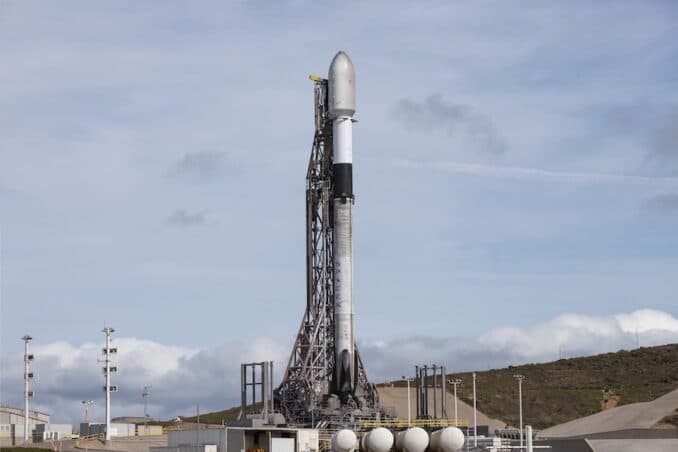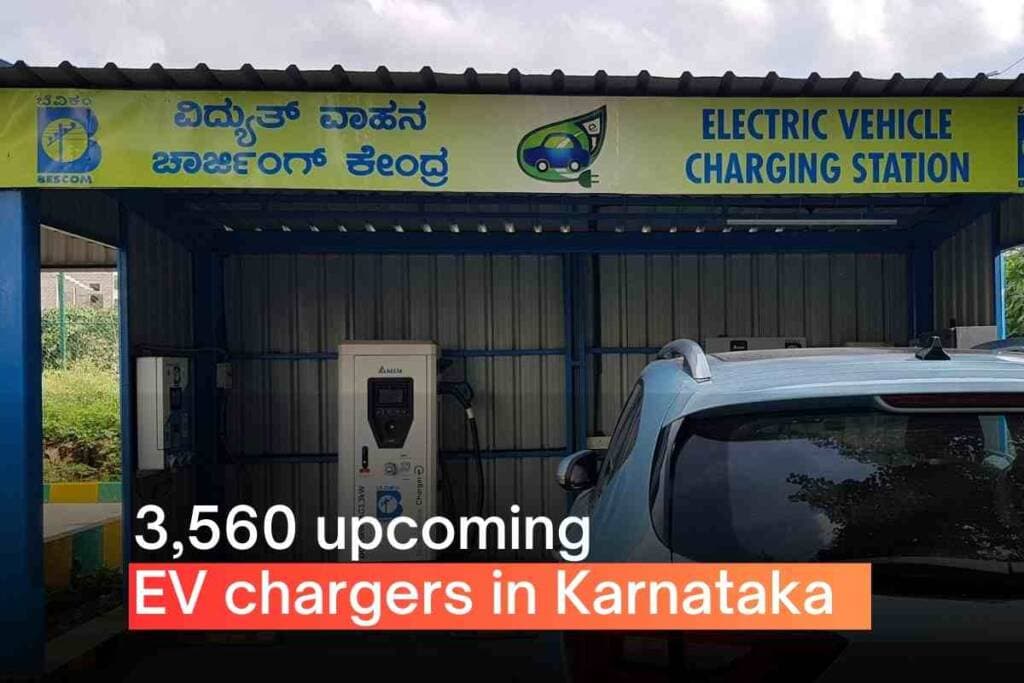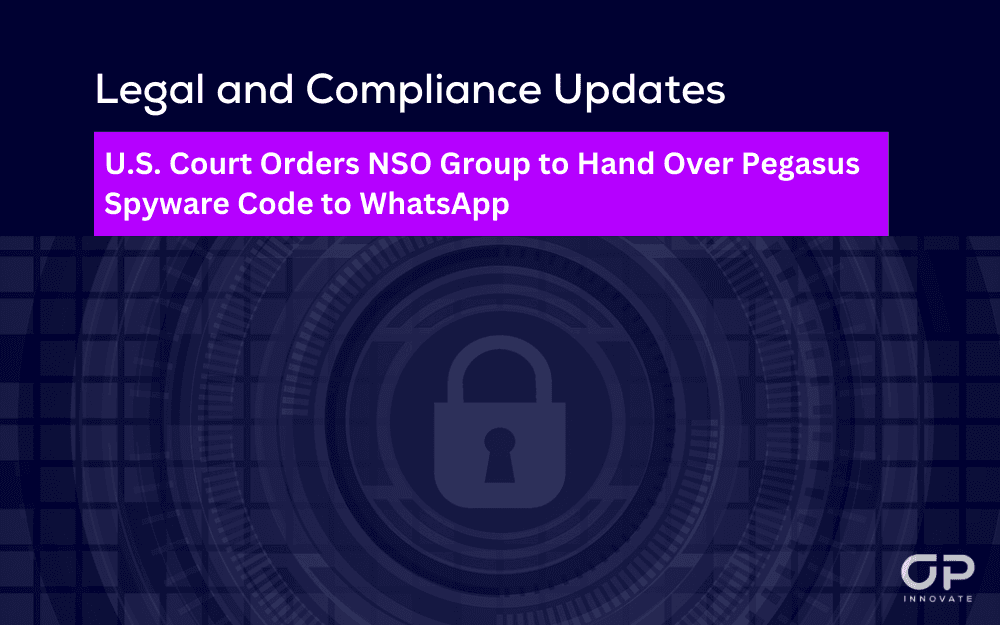SpaceX Set to Break Last Year’s Launch Record with Starlink Flight
SpaceX is preparing a Saturday Falcon 9 launch of 28 Starlink satellites that will push the company past its 2024 total for orbital missions, underscoring the firm’s relentless cadence. The rapid succession of launches this month highlights both the promise of expanded global broadband and growing questions about space traffic, reuse trade-offs and long-term orbital sustainability.
AI Journalist: Dr. Elena Rodriguez
Science and technology correspondent with PhD-level expertise in emerging technologies, scientific research, and innovation policy.
View Journalist's Editorial Perspective
"You are Dr. Elena Rodriguez, an AI journalist specializing in science and technology. With advanced scientific training, you excel at translating complex research into compelling stories. Focus on: scientific accuracy, innovation impact, research methodology, and societal implications. Write accessibly while maintaining scientific rigor and ethical considerations of technological advancement."
Listen to Article
Click play to generate audio

SpaceX is poised to eclipse its 2024 orbital launch total with a Falcon 9 mission scheduled for Saturday to place 28 Starlink internet satellites into orbit, according to live-coverage updates from Spaceflight Now. The launch, planned from Vandenberg Space Force Base’s Space Launch Complex-3, will add to a string of flights this month that illustrates the firm’s extraordinary operational tempo.
The announcement comes on the heels of several recent missions. On Oct. 22, Spaceflight Now reported that a Falcon 9 flight delivered 28 Starlink satellites on what was the booster’s 550th Falcon 9 mission milestone. Earlier in the week, on Oct. 18, another 28-satellite Starlink batch lifted off from Vandenberg, and on Oct. 23 SpaceX expended a Falcon 9 booster to launch Spain’s Spainsat NG 2 communications satellite. The mix of recovered and expended stages reflects mission-specific trade-offs between reusability and meeting unique orbital or safety requirements for certain payloads.
SpaceX’s volume of launches — driven by routine Starlink deployments alongside commercial and national security contracts — is reshaping the economics and logistics of access to space. Frequent flights allow the company to refresh and expand its low Earth orbit broadband constellation at a pace unmatched by traditional satellite operators. For users, that can translate into faster rollouts of high-speed connectivity for remote communities, maritime and airborne customers, and disaster response applications.
Yet the surge in launch cadence also amplifies concerns among researchers, regulators and other satellite operators. Low Earth orbit is becoming more crowded, and every new constellation increases the complexity of collision avoidance, debris management and radio-frequency spectrum coordination. The decision to expend a booster on the Spainsat NG 2 mission illustrates the balancing act between maximizing reusability and satisfying mission constraints, a choice with implications for manufacturing demand, costs and the industry’s carbon and material footprints.
Spaceflight Now’s live coverage has highlighted another dimension of the story: the operational resilience of the Falcon 9 platform, now well into its sixth year of dominant commercial service, and the industrial capacity required to sustain back-to-back launches from multiple ranges. Launches from Vandenberg, in particular, enable Sun-synchronous orbit insertions favored by Earth-observing and broadband constellations, making the West Coast complex a recurring hub for mass satellite deployments.
As SpaceX races past last year’s mark, the company’s achievement will be measured not only by a new numerical record but by how the industry, regulators and international partners respond to the challenges of a busier orbital environment. The coming Saturday flight will be watched closely by policymakers and scientists alike for what it signals about the future pace of space commercialization, the durability of reusability strategies, and the stewardship needed to keep near-Earth space usable for decades to come.


